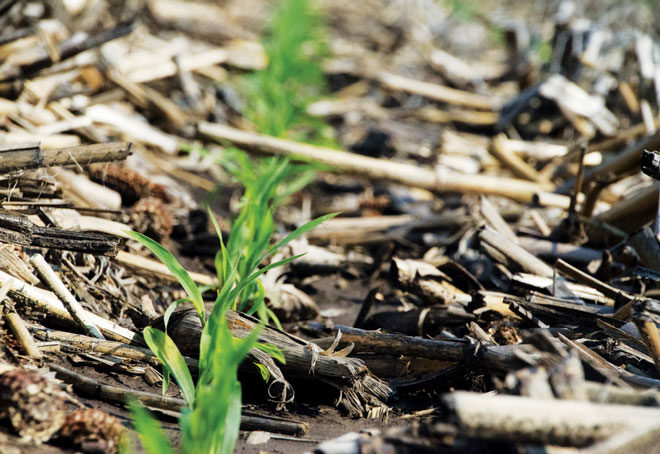No-Till Farmer
Get full access NOW to the most comprehensive, powerful and easy-to-use online resource for no-tillage practices. Just one good idea will pay for your subscription hundreds of times over.

Any farmer will tell you that strip-till is as much a science as it is an art. Adopting the practice requires a mix of patience, persistence and passion.
But there are shared challenges and lessons learned that collectively, strip-tillers can evolve with, adapt to or overcome. During the 25th annual National No-Tillage Conference in St. Louis, No-Till Farmer editors assembled a diverse group of strip-tillers for a structured, yet at times spontaneous lunch conversation in St. Louis.
With a focus on talking about the transitional considerations for adopting strip-till, the discussion also included experience-based advice on nutrient management strategies, equipment preferences and communicating the value of conservation tillage to the general public. At the table were Donn Branton, from Le Roy, N.Y.; David Burmahl, from Baldwin, Iowa; Ricky Kratz, from Slinger, Wis.; Mike Shuter from Frankton, Ind.; and Aaron Wickstrom, from Hilmar, Calif.
A select excerpt of a much broader conversation that occurred among the farmers and the No-Till Farmer staff is shared below, highlighting some of the more engaging and candid responses to questions during the discussion.
No-Till Farmer: Each of you have taken different paths into strip-till. Can you share how you started that journey and some of the motivations for making the transition?
Aaron Wickstrom “We’ve been dairy farming and crop farming for 76 years. My initial push into conservation tillage and strip-till was just looking at that side of our business. We had plateaued on yields, and just the amount money we were spending with deep…